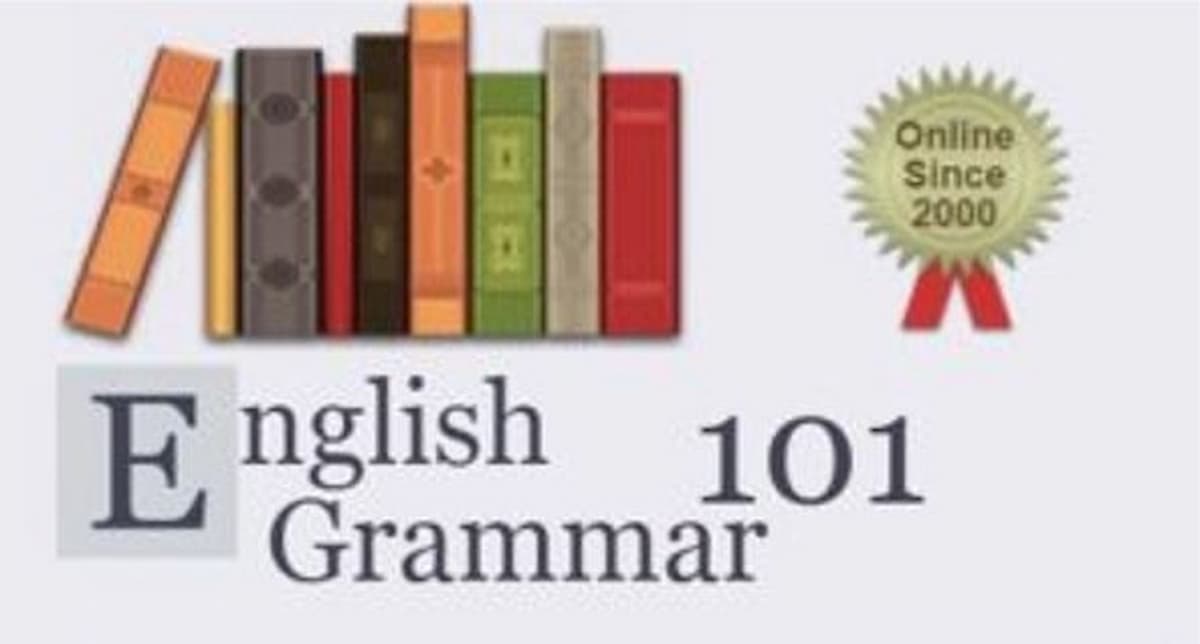
Figurative language can be one of the best literary tools for students to add some fun and variety to their writing. It can be used to enhance the description of almost anything, whether they’re writing about a person, place, thing, event, or feeling. But if used incorrectly or excessively, figurative language can render students’ writing as juvenile or inane.
As we already know, figurative language is when writing departs from literal descriptions in order to add emphasis, clarity, interest, or palpability to one’s writing. Your students should understand that their goal is to create a crystal clear image in the mind of their audience but without going overboard. In order to help your students understand the power of figurative language in writing and how to wield it wisely, let’s first appreciate the power of figurative language.
The Power of Figurative Language
Written in 1951, Langston Hughes’ poem “Harlem” (also known as “A Dream Deferred”) uses figurative language, primarily similes and imagery, to create a powerful image of what happens when a wish is left unfulfilled. We’ve probably read this poem so many times, but not until we remove the similes and imagery, do we realize just how powerful figurative language can be.
The image below is a great visual to help your students understand the power of figurative language. In the left column, we have Hughes’ poem in its entirety, replete with similes and loaded with all of the different types of imagery (auditory, visual, tactile, olfactory, gustatory). In the right column, we see Hughes’ poem divested of these similes and images. Once we read and view each version side-by-side, we can then see and hear the difference between the two: A piece of writing void of any description whatsoever versus a piece of writing filled to the brim (and perfectly so) with the necessary images to convey one’s point.

Reading each column aloud with your students will help them hear the power of figurative language in their writing, but how much is too much? Granted, this is a poem, and therefore an economy of words demands a full use of imagery to convey one’s message, but students should be strategic in the use of figurative language.
When to Use Figurative Language
While figurative language can be used to greatly improve one’s writing, it can also seem somewhat out of place or even jarring if used incorrectly. Help your students understand that when writing poetry or a narrative, figurative language can be their best friend; however, if they’re writing a paper for a history or science class, it might be best to stick to the facts and avoid figurative language altogether. The following rules are three simple things for students to keep in mind when using figurative language in their writing:
Choose Figurative Language Carefully
Always make sure that your use of similes and metaphors is complementary to your composition. Sure, you can come up with some pretty funny metaphors if you put your mind to it, but are they necessary or even appropriate? If you’re writing a humorous piece, funny metaphors are great, but if your narrative has a neutral or more serious tone, make sure you select the appropriate comparisons. Again, keep in mind your audience and what effect your comparisons may have.
Click here to read some poorly-written (yet absolutely hilarious) examples of what NOT to do with figurative language.
Have a Purpose for Figurative Language
Just because your teacher told you to incorporate some similes, metaphors, and personification into your piece doesn’t mean you shouldn’t put some thought into it. Your figurative language should make your writing more impactful, but when figurative language is used incorrectly, it can have the opposite effect and make your writing seem silly. Again, consider the tone of your piece and the audience you are addressing and ask yourself which types of figurative language or comparison would work best.
Use Figurative Language Sparingly
Let’s think about it: If every other sentence in a piece of writing uses a different kind of poetic or figurative device, it can become confusing and convoluted. While figurative language can add style and strengthen the impact of your writing, it can weaken the quality of your writing if it’s overdone. Don’t use figurative language just because you can; use it with conscious and thoughtful intent.
Final Thoughts
Simply reviewing these three rules of when to use figurative language can help take your students’ writing to the next level. When used carefully, purposefully, and sparingly, figurative language can make the difference between an average piece of writing and a piece to be remembered.
Read More

English Grammar 101 Alternatives

When You Ask for Analysis but You Get Summary Instead

Establishing Confident Writers Through Creativity and Self-Expression

Brainstorming Through Writer’s Block

Four Steps to Teaching Your Students Adverbs

How to Fire Your Internal Critic

What Just 10 Minutes of Daily Journaling Can Do for Student Writing


